Hello everyone! It’s Kumakichi!
This time, I visited Zuisen-ji Temple, one of the famous spots for autumn leaves in Kamakura. Zuisen-ji is known for having the latest autumn foliage in the area. Therefore, I decided to visit on December 14, 2024, to see how the leaves were looking at that time.
In addition, Zuisen-ji is rich in history, with notable sites such as a memorial stone marking the visit of Yoshida Shoin. The temple grounds are also abundant in nature, and simply strolling through the area can be quite refreshing.
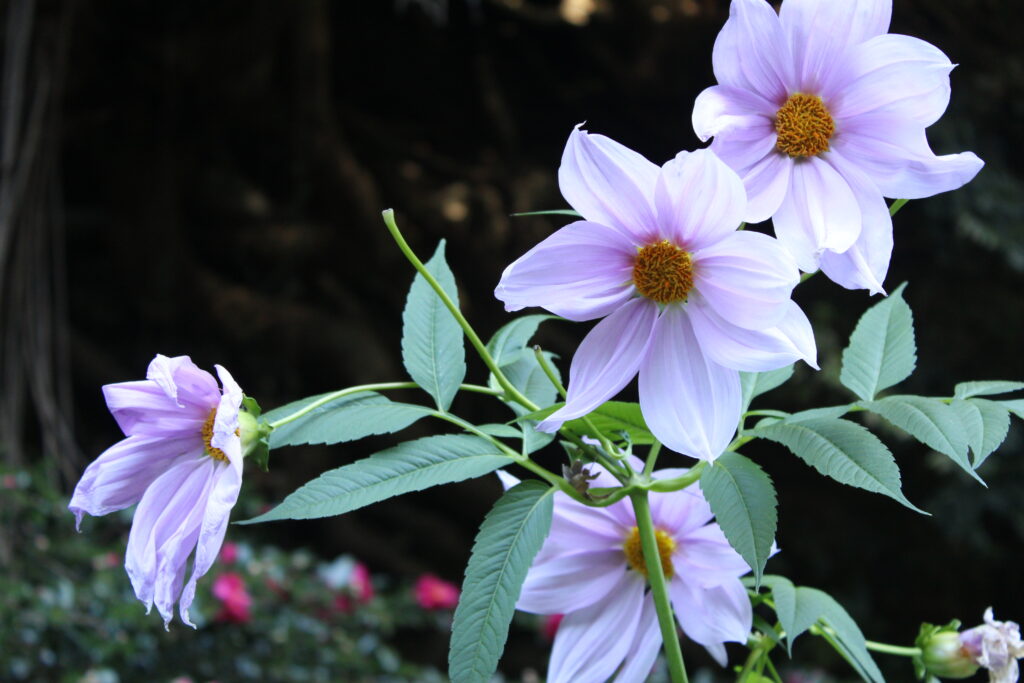
Now, let me share the details with you.
What is Zuisen-ji Temple?
Zuisen-ji Temple is ranked among the Ten Temples of Kanto, following the Kamakura Gozan.
The temple’s mountain name, Kinpeizan (锦屏山), is said to have been inspired by the beautiful autumn foliage surrounding the temple, which resembles a golden screen, like a brocade. Additionally, the temple grounds offer visitors the opportunity to enjoy a variety of flowers throughout the four seasons.
The temple was founded by the Zen master Muso Kokushi, who was deeply revered by Emperor Go-Daigo and Ashikaga Takauji. He was a prominent figure during the Kamakura and Nanbokucho periods, playing a key role in the development of Zen Buddhism. The garden behind the main hall, which was excavated and restored in 1970, is believed to have been designed by Muso Kokushi and has been designated as a national scenic spot.
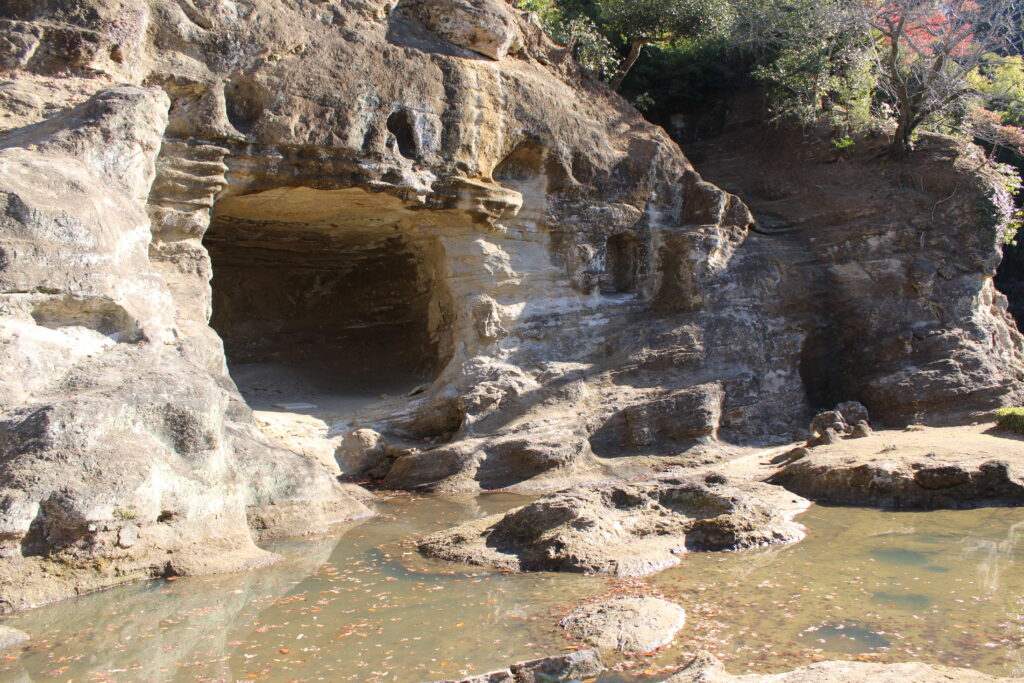
The scenery of the temple grounds.
Now, I’d like to introduce the temple grounds in order.
First, to get to Zuisen-ji Temple from Kamakura Station’s East Exit, it takes over 30 minutes by foot!! Since I’m used to walking, I decided to go on foot, but the round trip can be quite exhausting. I would recommend taking the bus instead.
After about a 30-minute walk from the station, I reached the entrance. Finally, I could relax knowing I had arrived!

I was about to pass through the gate and continue ahead when I discovered a rather frightening face on the round part of the roof… Be sure to take a closer look, everyone!
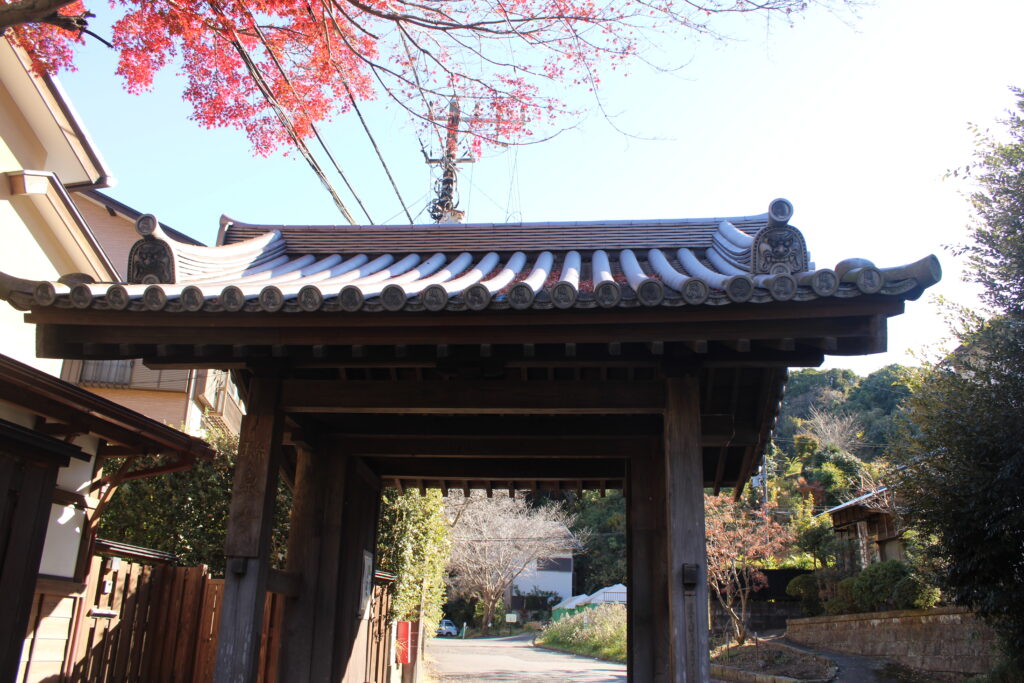
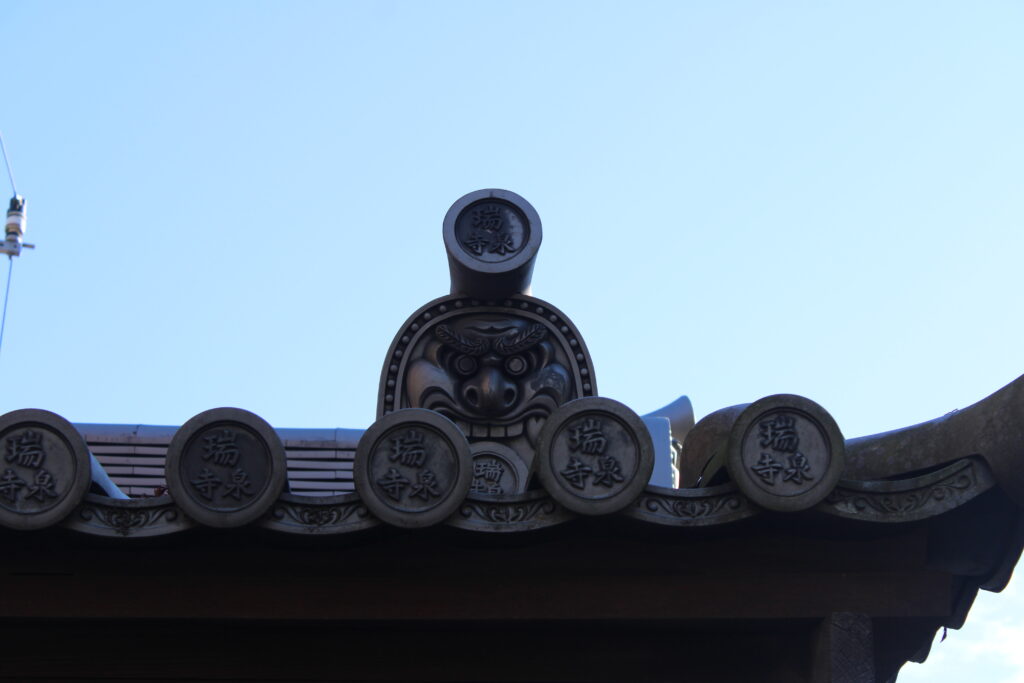
There was a ticket booth for entry. It’s a simple, modest hut, which is quite charming!
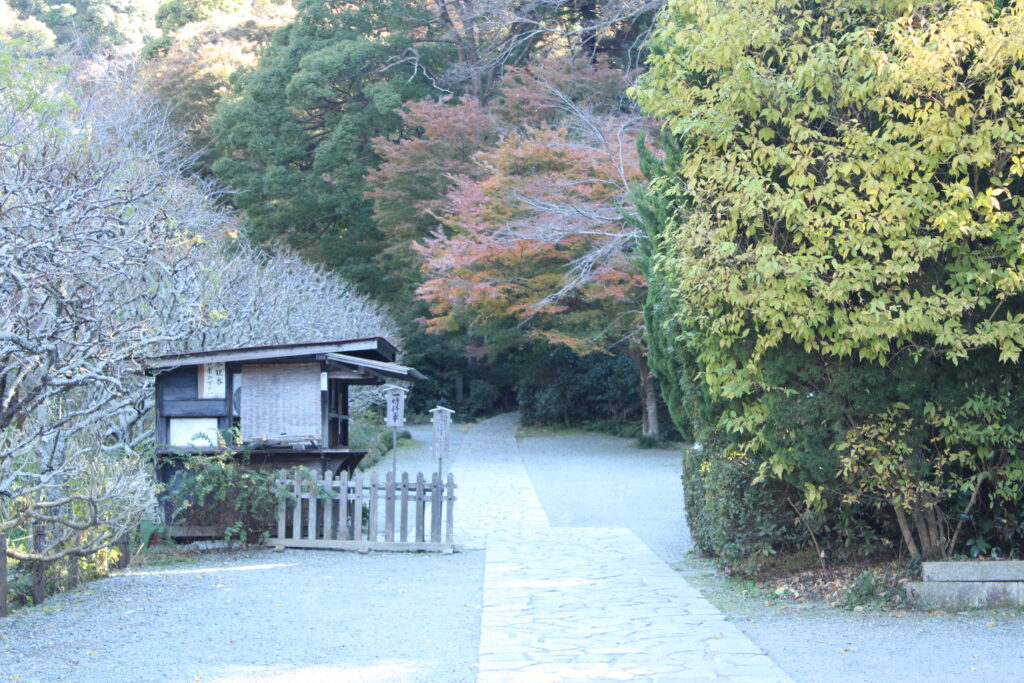
After completing the registration, I continued forward and found a stone staircase. The path splits into two directions—so which one should I take?
The answer is, it doesn’t really matter, as both paths lead to the same place. The old stone stairs on the left are called “Otoko-zaka” (Men’s Slope), and the newer, slightly gentler slope on the right is called “Onna-zaka” (Women’s Slope). While it’s clear that “Onna-zaka” is easier to climb, I decided to chose the “Otoko-zaka” path—because, as a man, I figured I should stick to it!
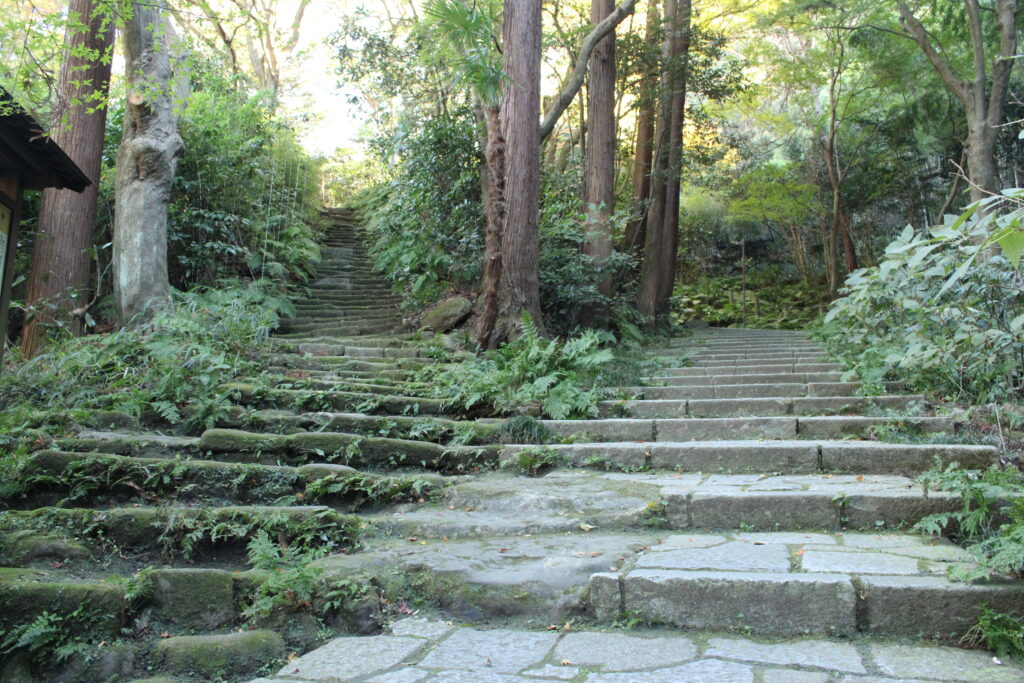
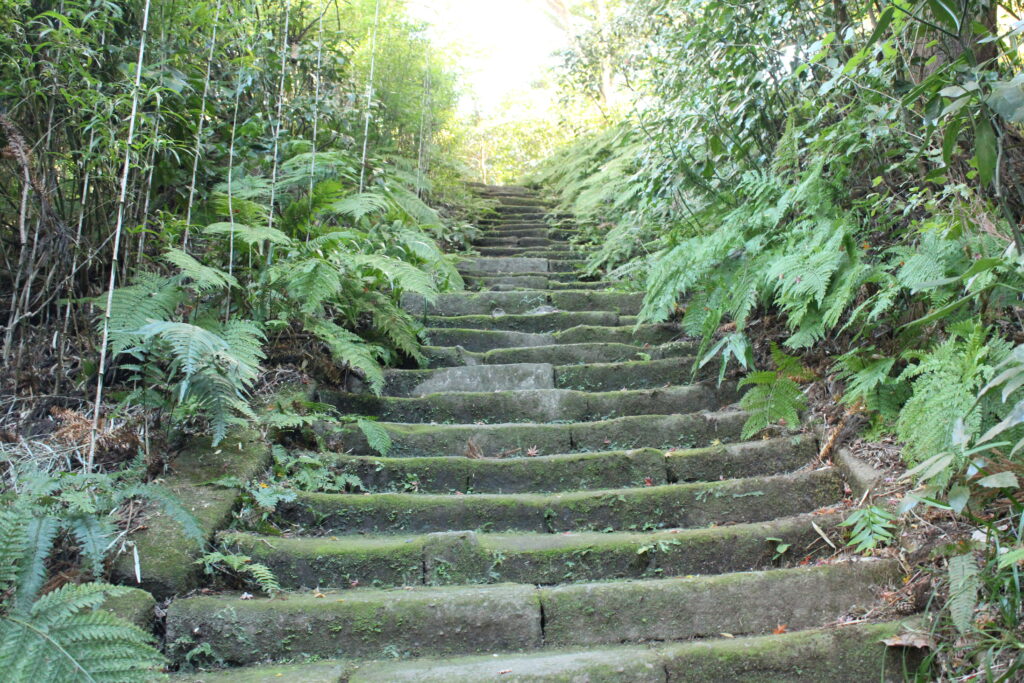
At the top of the stairs, there are several things to see.
First, there is a monument with a poem by the poet Yamazaki Hokudai, which reads:
“With tofu placed on my palm, I happily turn the usual corner on my way home.”
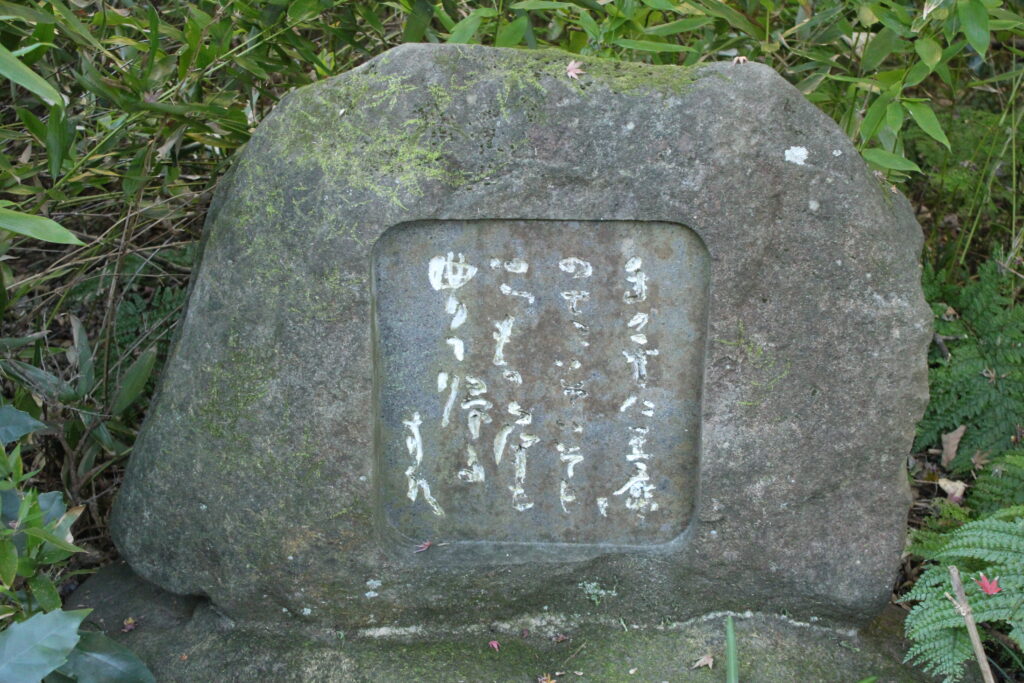
I wasn’t familiar with the poet Yamazaki Hōdai, but I learned that his poetry is characterized by its conversational tone. He referred to himself as a “useless person” and lived a life away from society. Remaining single throughout his life, Hōdai created many poems in which he expressed his emotions with honest, straightforward words, reflecting his solitary and somewhat lonely existence.
The poem inscribed on the monument is about an everyday scene, but it carries a sense of nostalgia. It made me realize that there’s something comforting about daily life. Of course, we no longer live in a time when we carry tōfu on our palms, but I believe there are parts of the poem that transcend time and resonate with us even today.
Next, there is a monument with a poem by Yoshino Hideo, which reads:
“Knowing only the unstable heart of a human who neither fears death nor is afraid of life.”
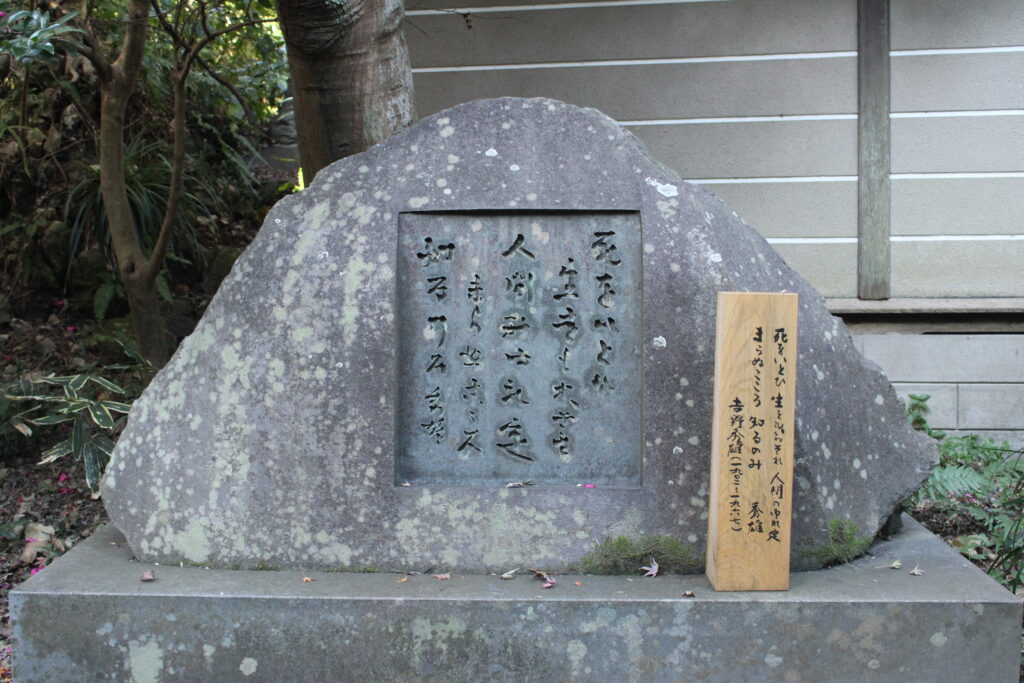
Yoshino Hideo was a poet who contracted tuberculosis during his student years and spent much of his life in and out of bed due to the illness. In addition to his poetry, he left behind numerous works on the scholar Ryōkan, as well as art critiques, travelogues, and essays. He was also known as a calligrapher.
As for the poem on the monument, I must admit I wasn’t sure how to interpret it. I think it refers to a person who dislikes death but isn’t afraid of life, capturing the unstable nature of the human heart. However, the part about “not afraid of life” doesn’t quite seem to fit clearly within the meaning. I think I need to research it more carefully next time!
Now, there is also a memorial stone marking the visit of Yoshida Shōin. To think that even Yoshida Shōin visited this place is quite a profound feeling.
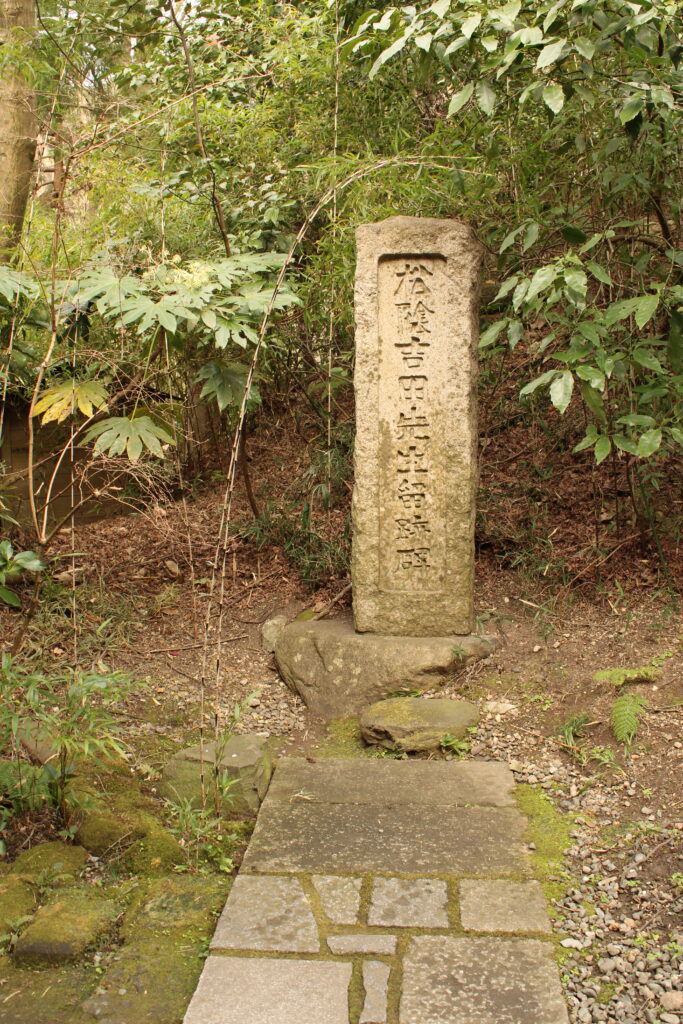
Yoshida Shōin was a thinker and educator who was active during the late Edo period. Born in the Chōshū domain, he founded a private school called “Shōka Sonjuku” (松下村塾), where he later mentored key figures who played crucial roles in the Meiji Restoration.
Personally, there is one of Yoshida Shōin’s sayings that has left a lasting impression on me:
“Gentlemen, go mad.”
This phrase means that to achieve something great, one must not be confined by conventional thinking. It suggests that one should have the passion to the point of being considered “mad.” In today’s society, stepping out of line often results in criticism on platforms like social media. In some cases, individuals may even be singled out and publicly shamed. There’s a growing trend of playing it safe, and many young people say they just want to be “normal.” This saying challenges that mindset and raises the question of whether that approach is truly the right one.
Now, we can see the main hall ahead. While it may look a little lonely in winter, it’s especially beautiful when the plum blossoms bloom, so I highly recommend visiting during that season.
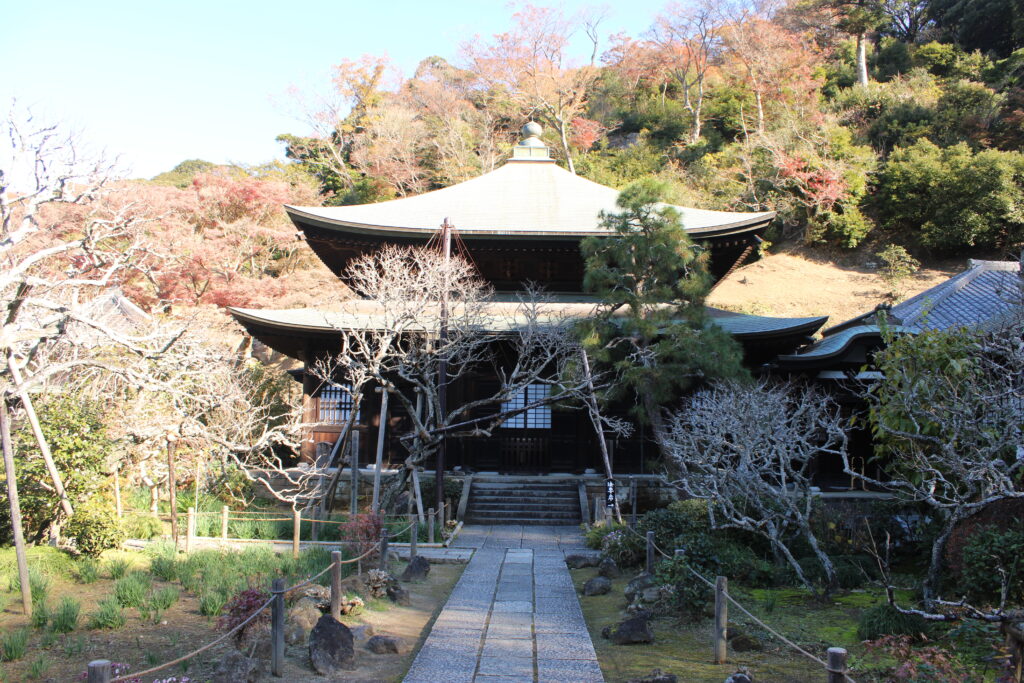
There are various things around the main hall as well. It’s a great idea to take a walk and look for things that catch your interest. Also, the saying, “A man’s face is his resume,” is quite profound! While we often hear the phrase “Don’t judge a book by its cover,” personally, I feel that a person’s character shows through their face. However, I think this applies to both men and women, not just one or the other…
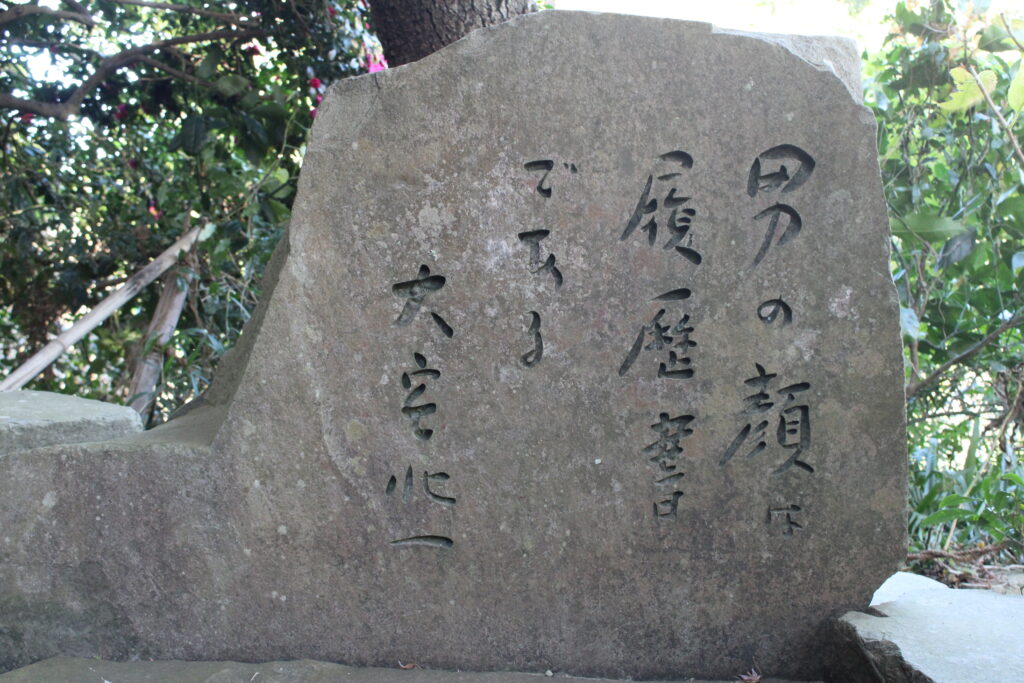
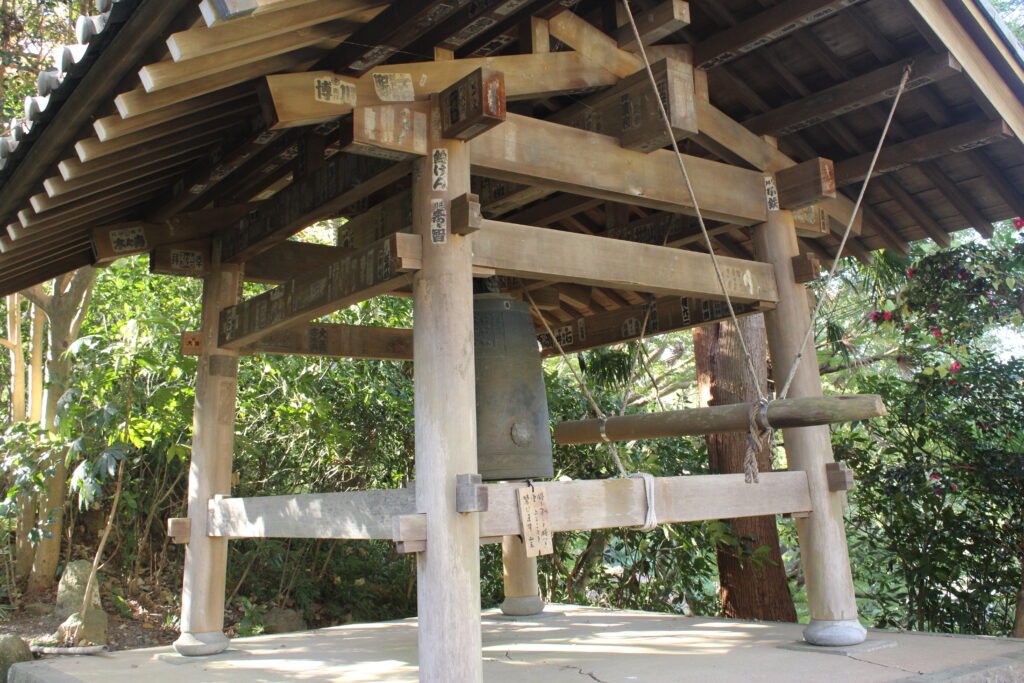
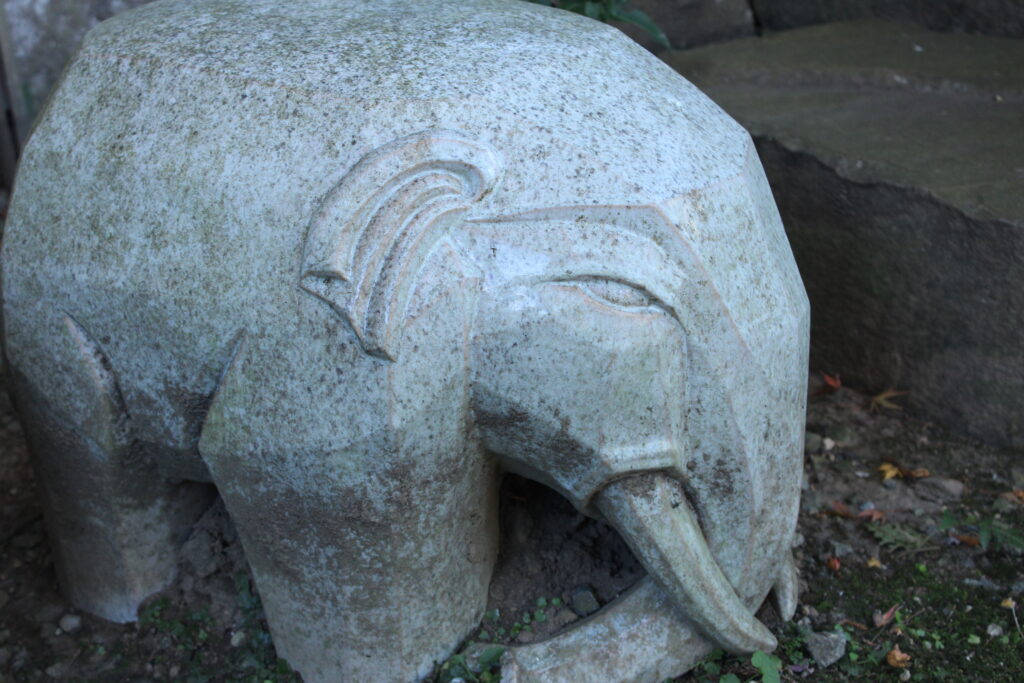
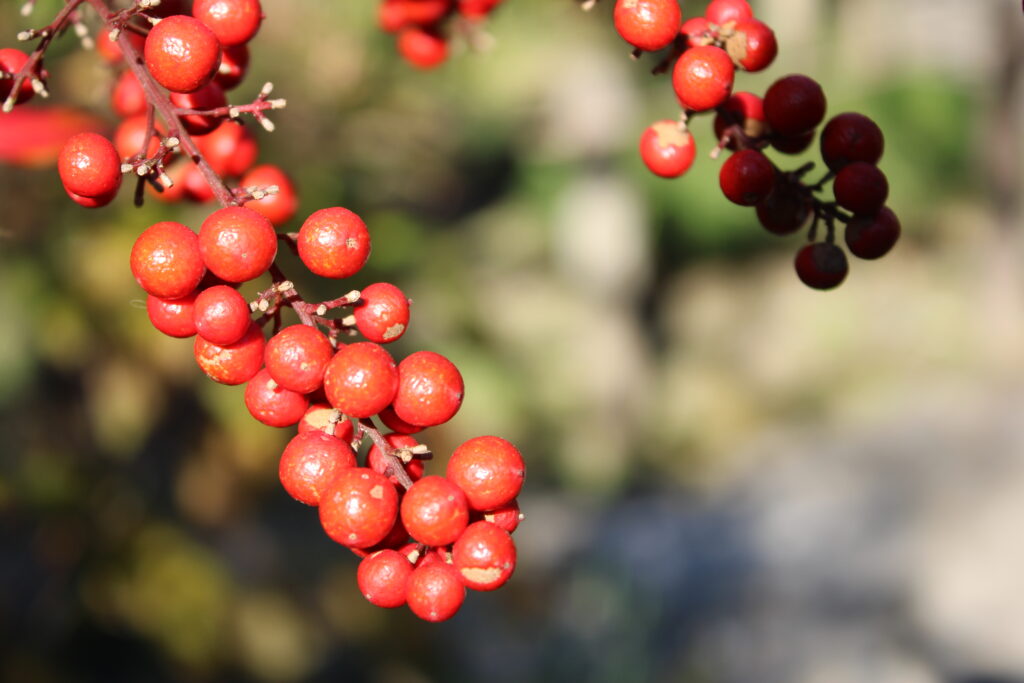
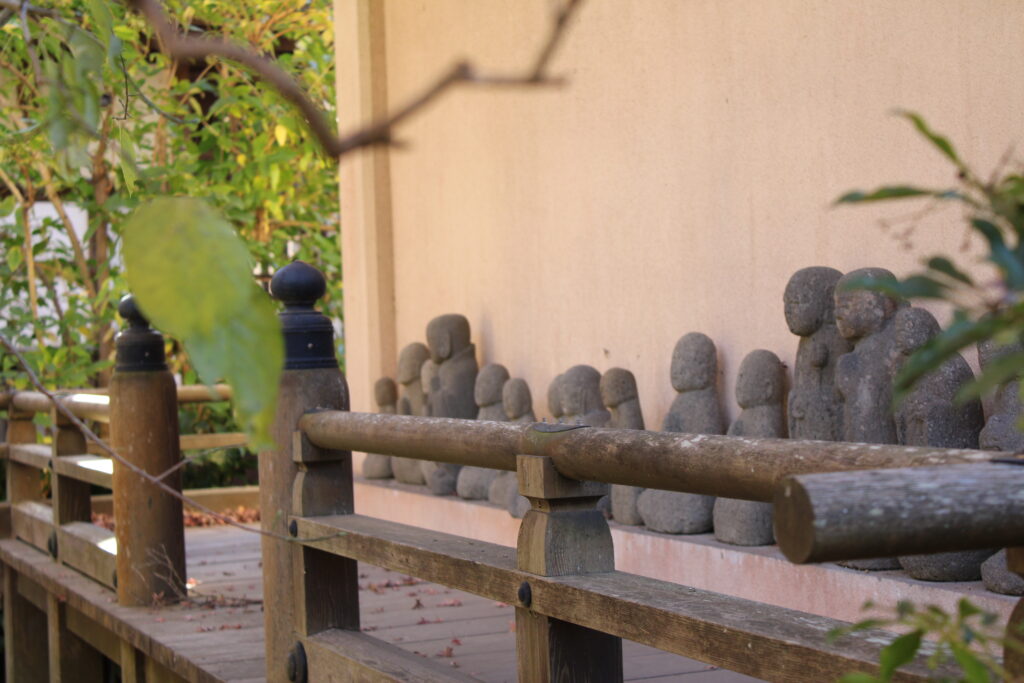
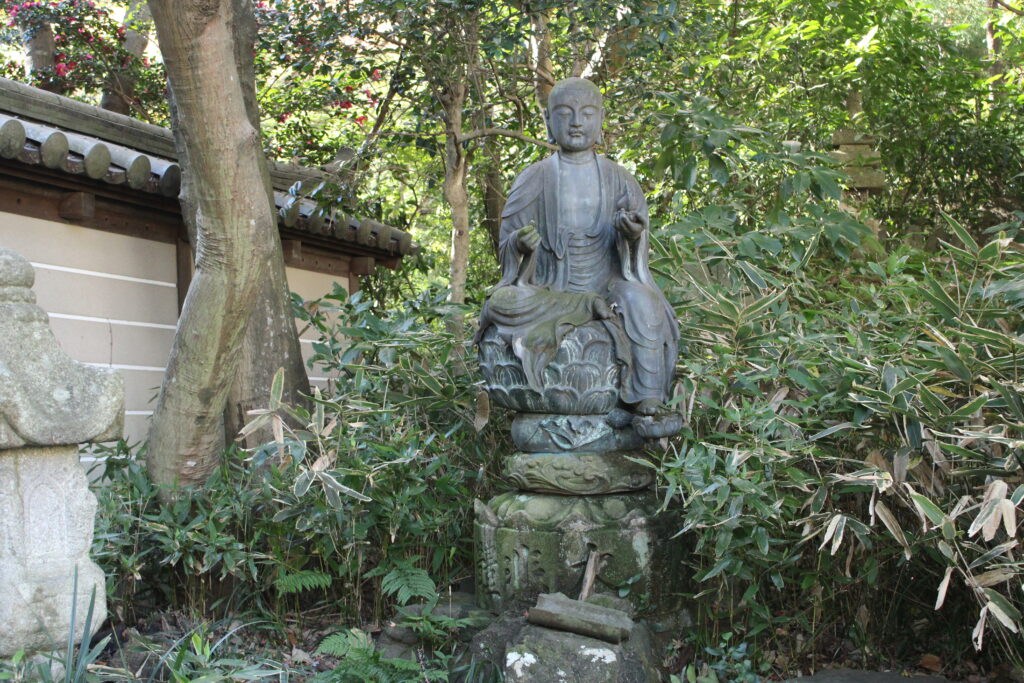
Now, as we head further in, we finally reach the garden behind the main hall!
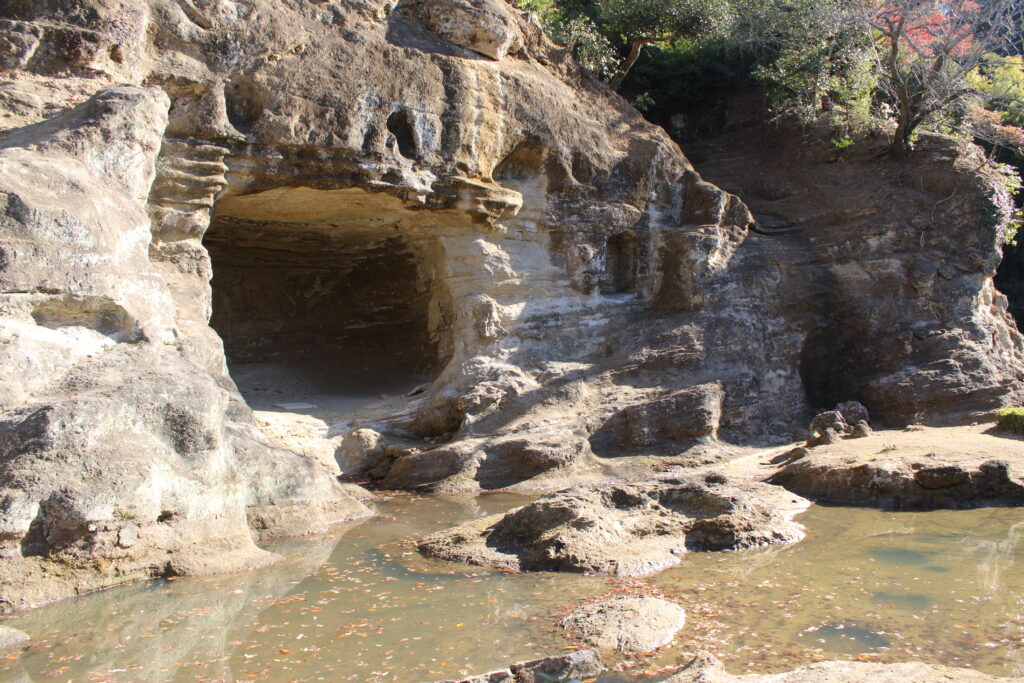
This garden was designed by the Zen master Muso Kokushi. Known as an “Iwa-niwa” (rock garden), it features a sculptural approach to the use of rock formations in the landscape. This garden is the only one from the Kamakura period that still exists in Kamakura, and it has been designated as a Special Scenic Spot by the government.
Since we’re here, let’s take a look from various angles!
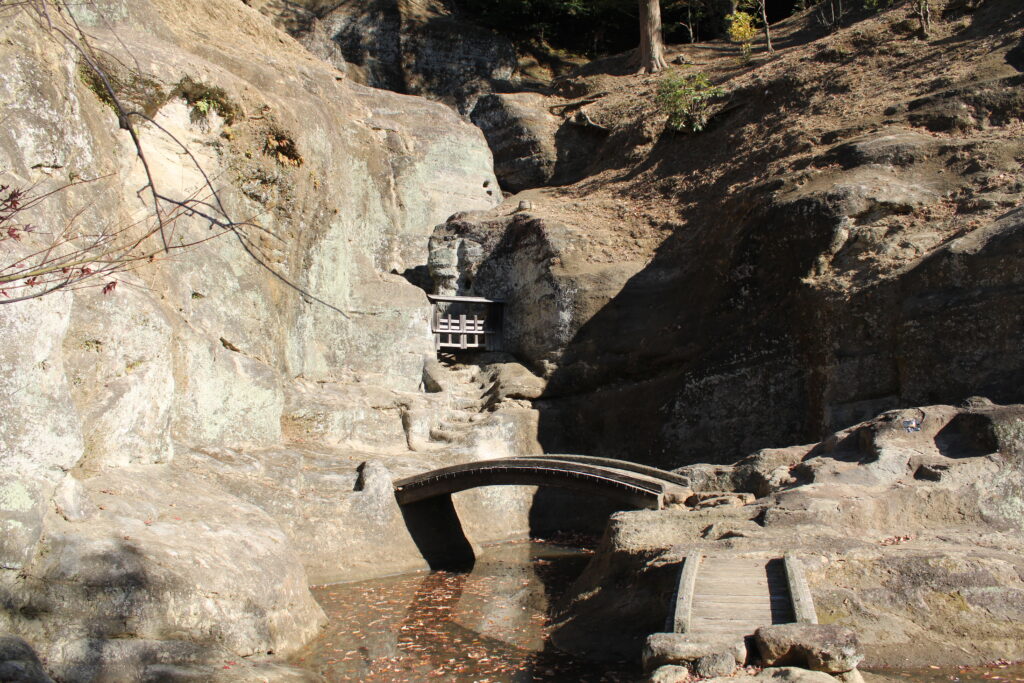
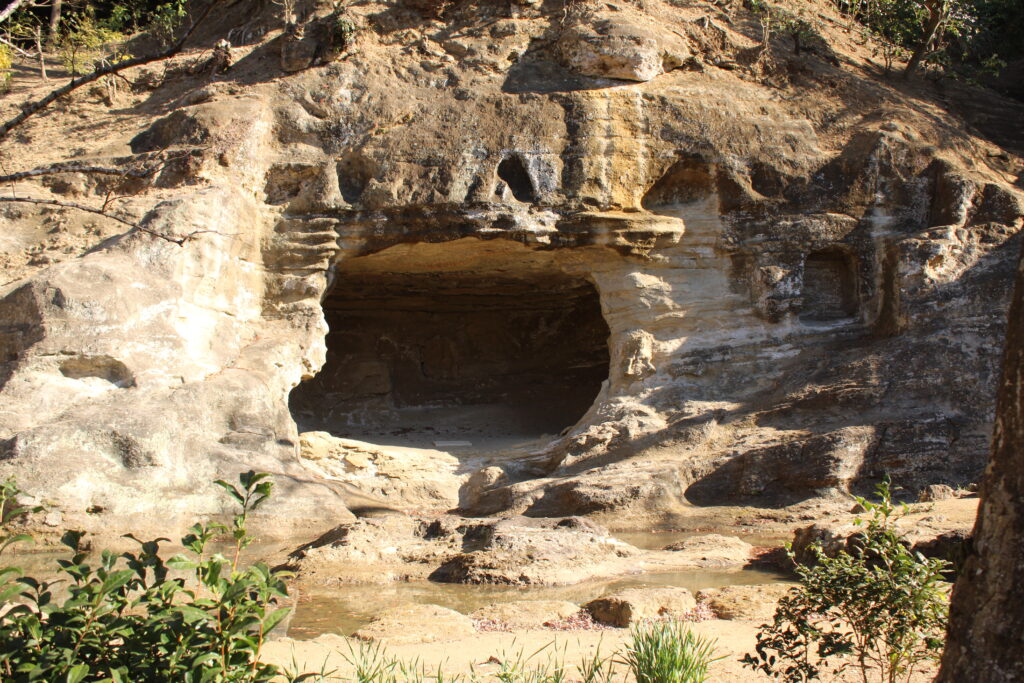
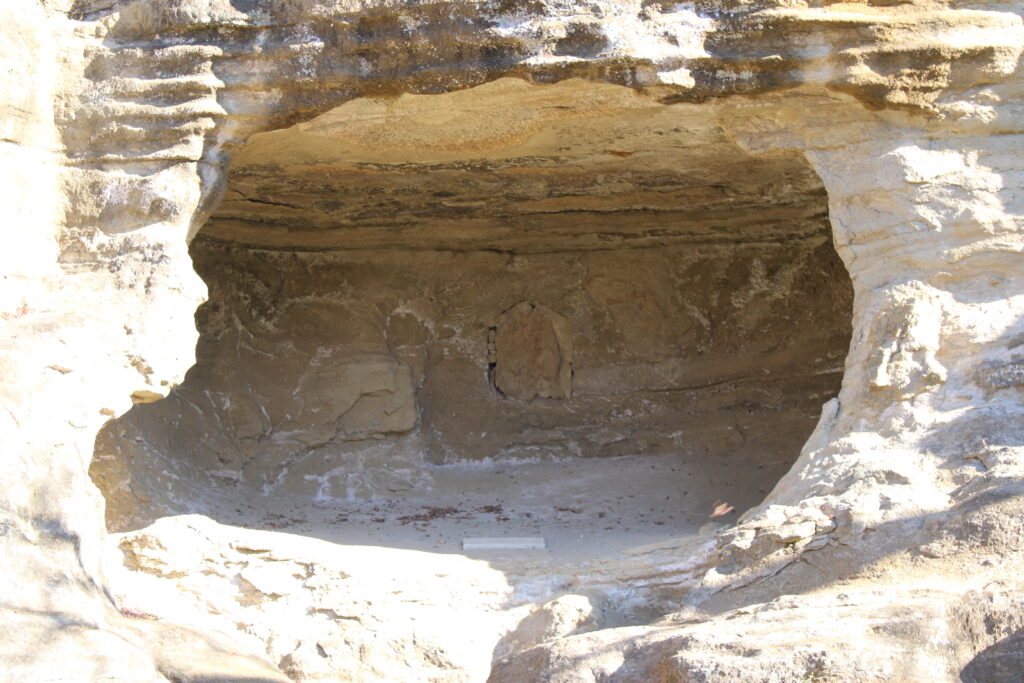
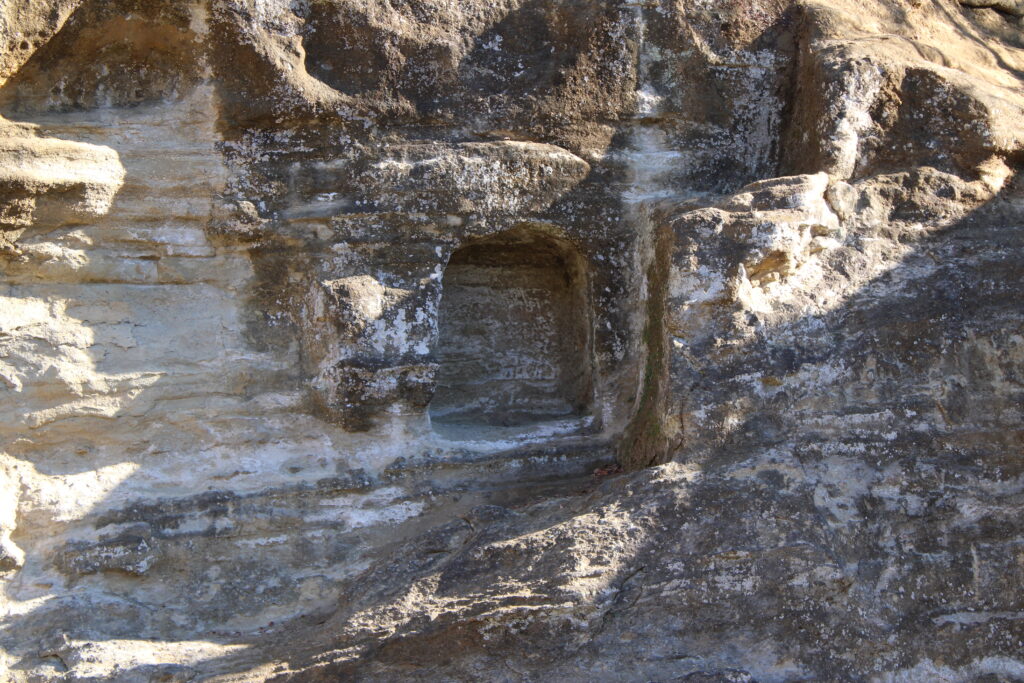
About the Autumn Foliage
I’ve explained the scenery of the temple grounds so far, but now I’d like to talk about the autumn foliage.
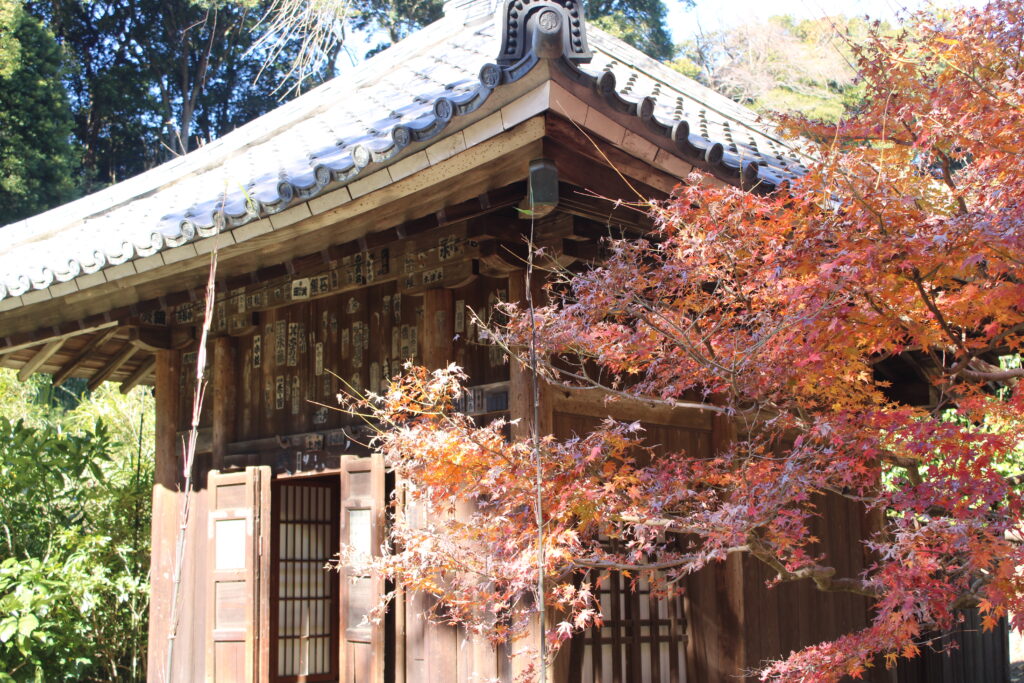
When do you think is the best time to see autumn foliage in Kamakura? Maybe late November to early December? I visited Zuisenji Temple on December 14, but it was still a bit early for peak colors. I could still see quite a bit of green leaves. I believe the best time for the foliage is likely around late December. Generally, it’s said that the autumn leaves at Zuisenji can be enjoyed until about Christmas.
Now, let me share some photos.
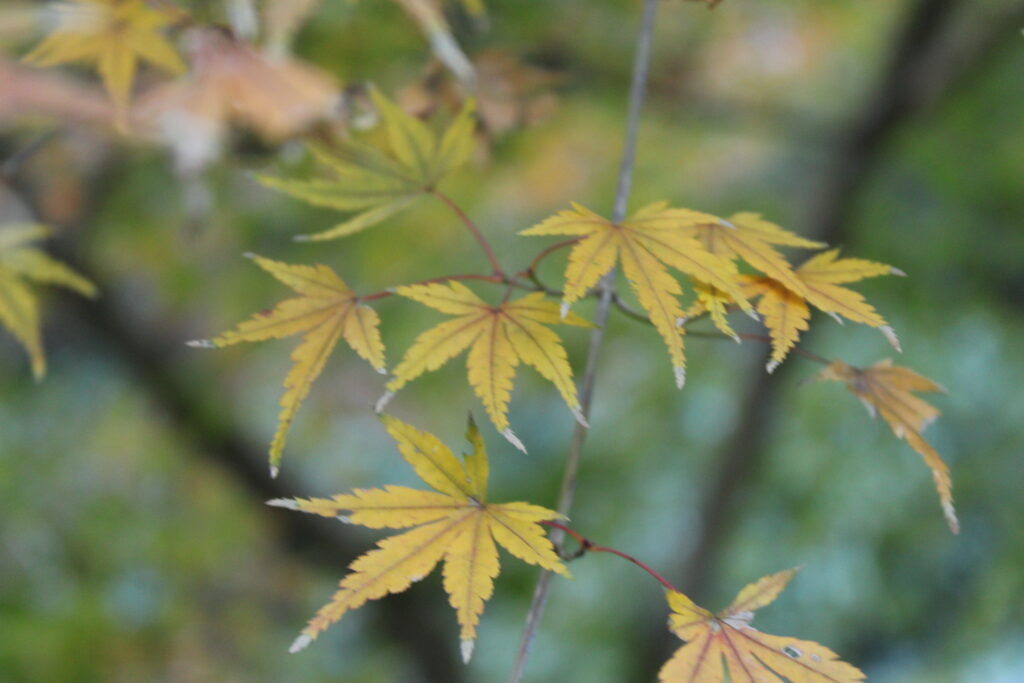
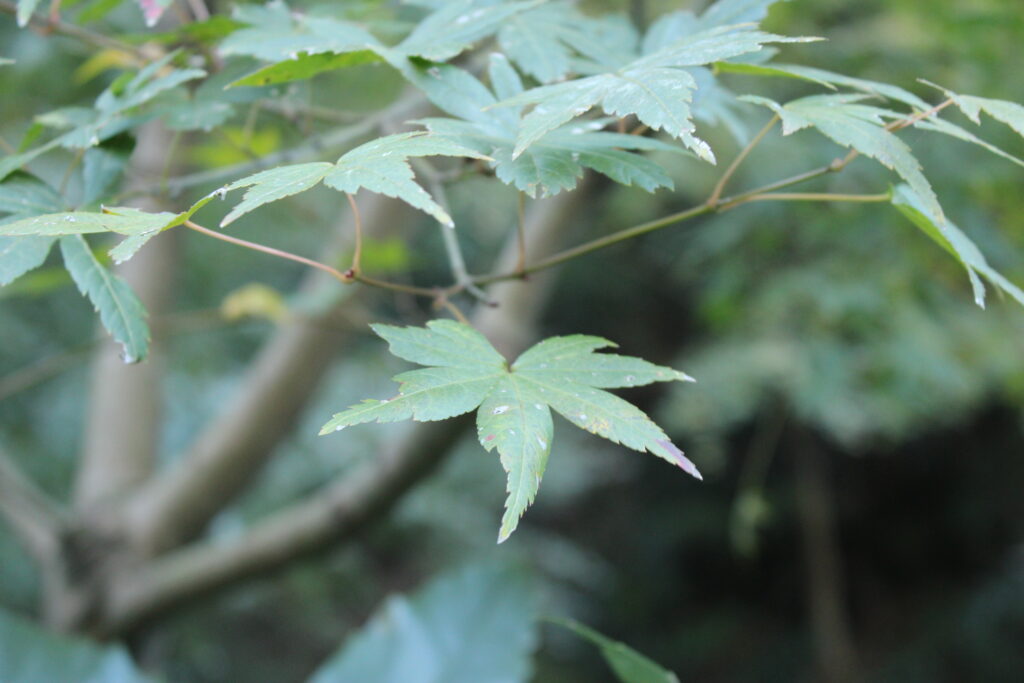
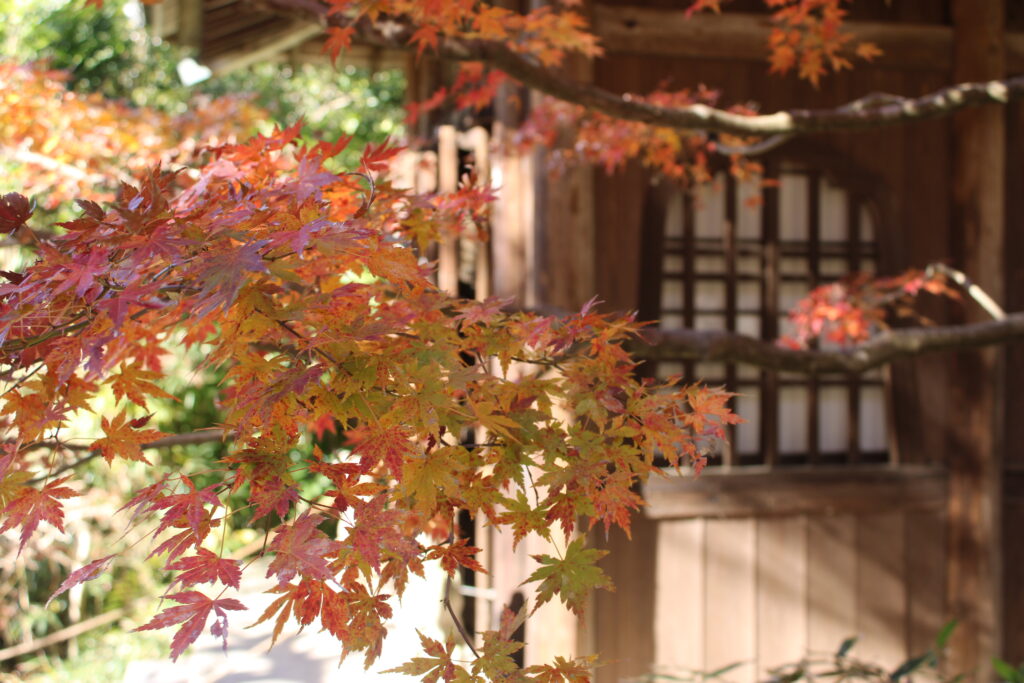
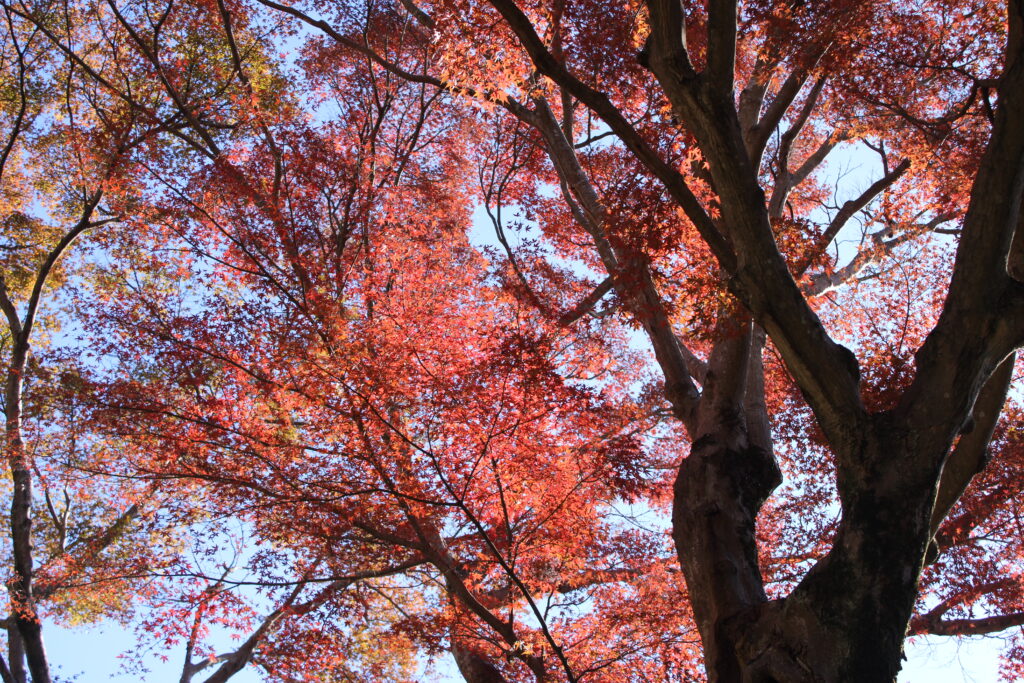
The red leaves are from the maples near the main hall, located further into the temple grounds. Overall, there were more green and yellow leaves, which were more widespread throughout the area.
Conclusion
Zuisenji Temple really has so much to offer, and it’s enjoyable no matter what season you visit! As for the autumn foliage, I’ve learned that December 14 is still a bit early for the peak colors, so that was a helpful discovery. I’ve also heard that the plum blossoms and hydrangeas are beautiful, so I definitely want to visit again.
By the way, on the way back, I passed by the site of Yōfukuji Temple, and the maple trees near the entrance were stunning. The red leaves were deep in color and absolutely gorgeous. If you get the chance, I highly recommend stopping by to see them!
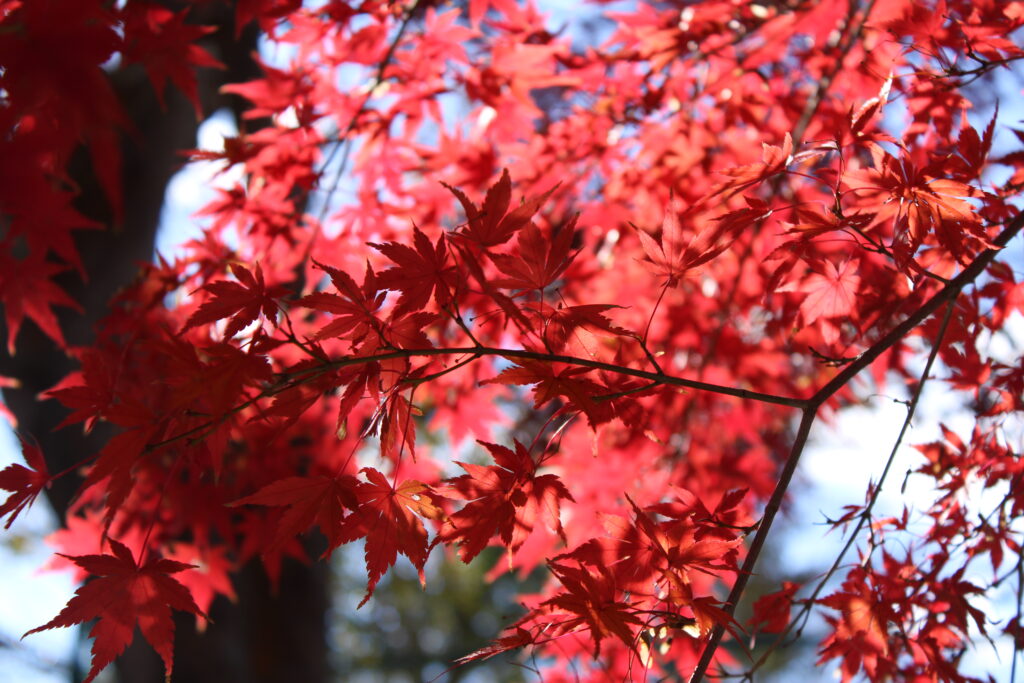
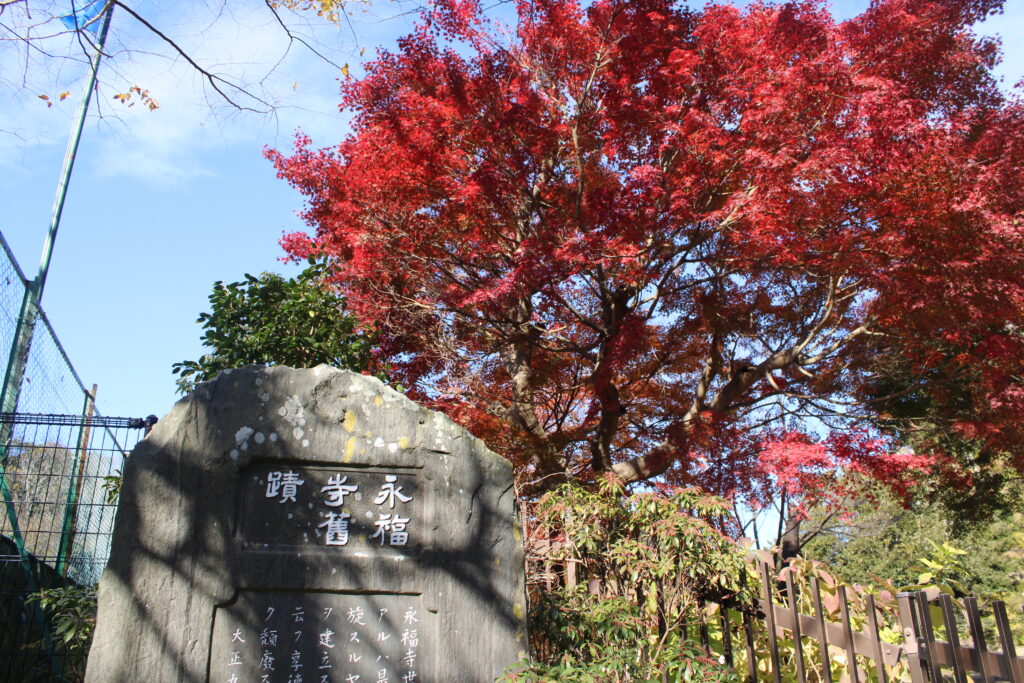
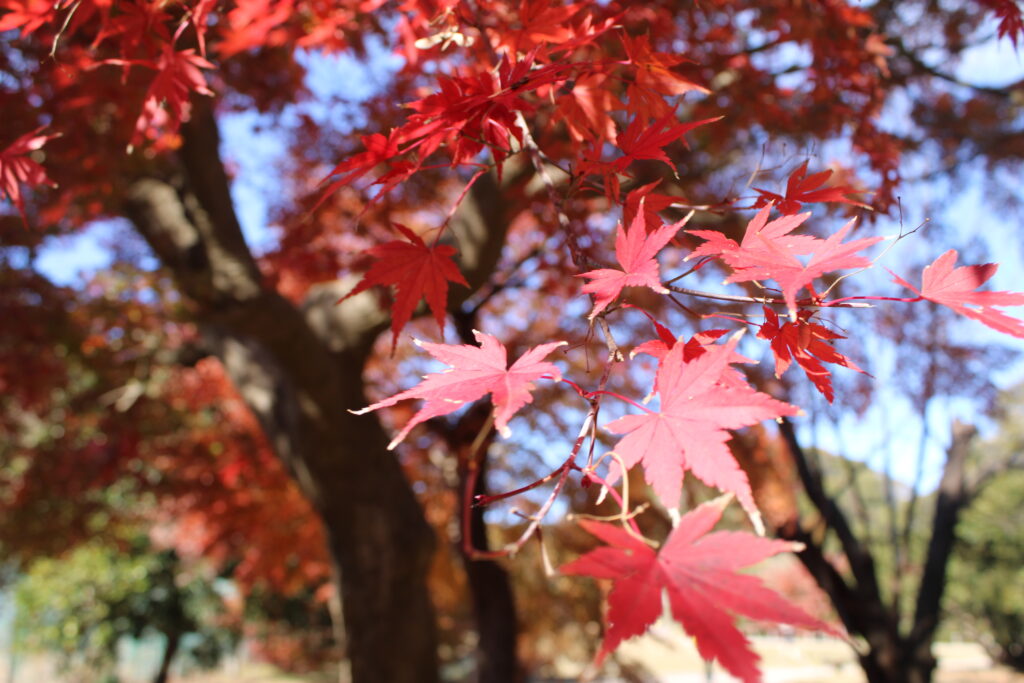
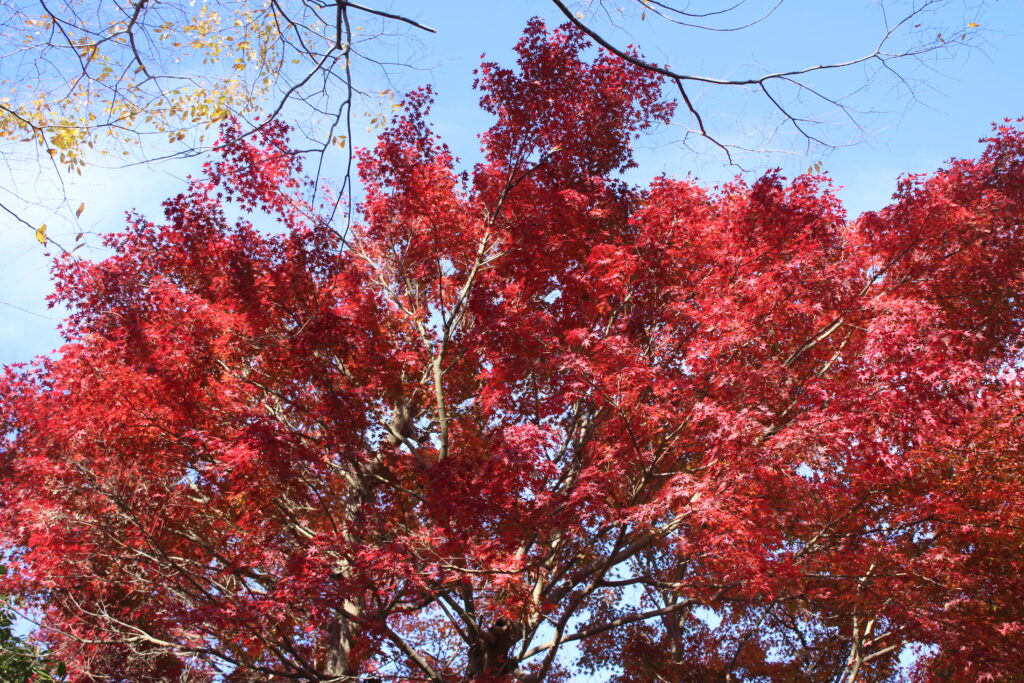
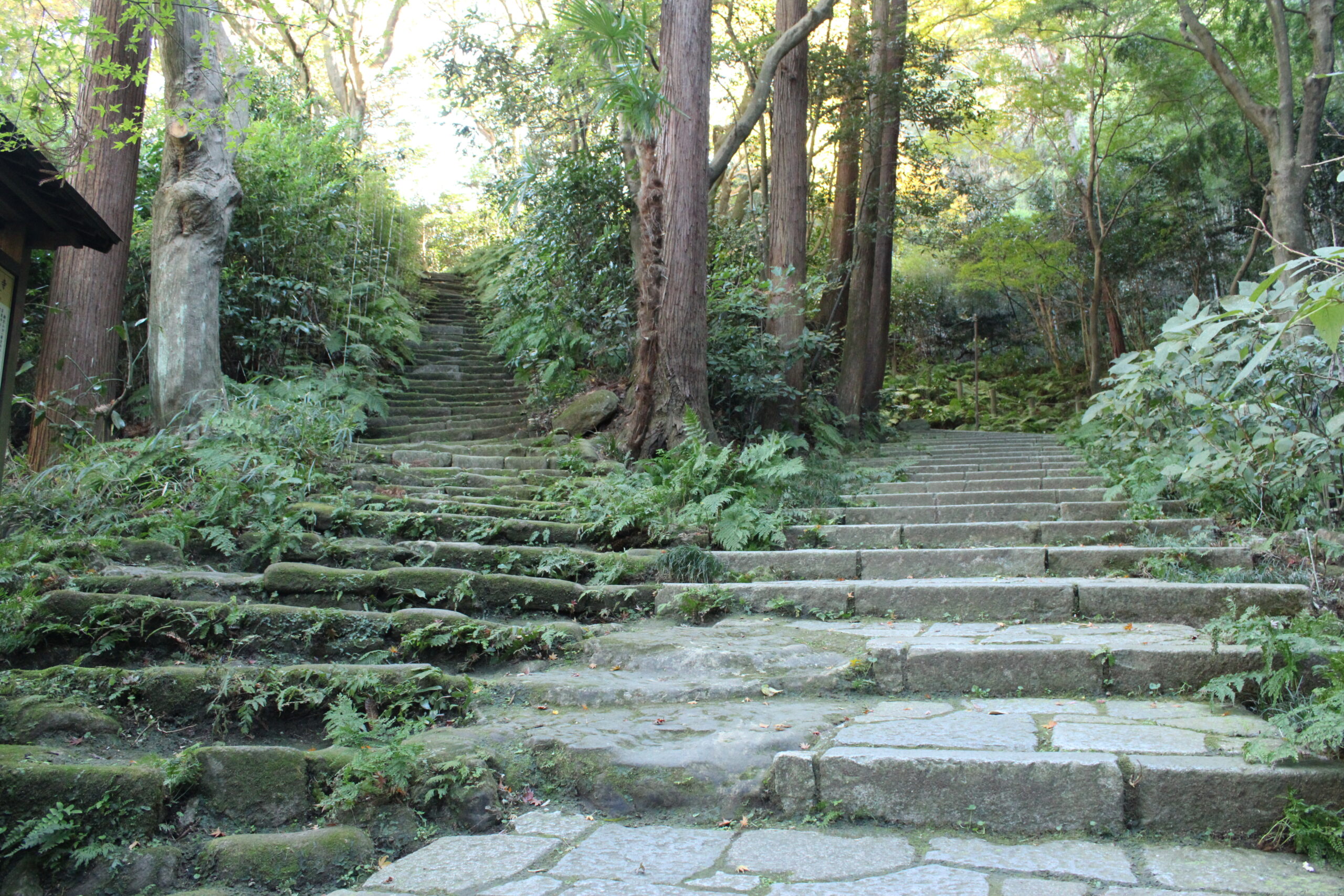

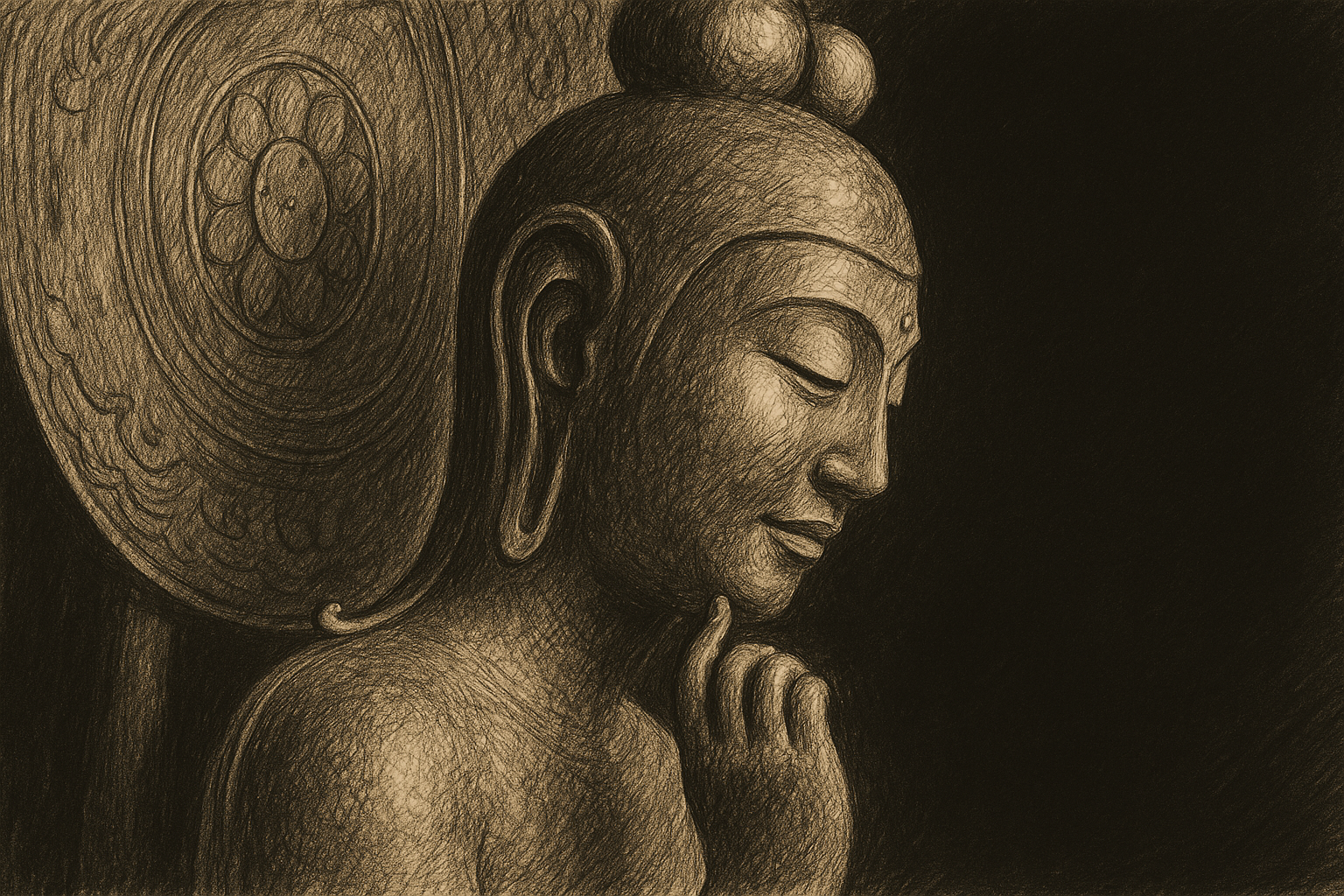
コメント